
Advancements in technology and solutions have modernized the direct mail channel, enabling many of the beneficial features of its digital counterparts. Triggered direct mail, also referred to as programmatic direct mail, allows brands and advertisers to follow up with targeted mail pieces in response to consumer actions. While this approach is great for a variety of reasons, like providing an additional conversion or branding opportunity in the physical world, it can also be costly over time if the consumers are not actually the right fit.
There are many points throughout the customer lifecycle where brands are integrating targeted direct mail pieces. Some use cases are straightforward, while others beg for more strategy and optimization. Visitors signing up for content, potential buyers abandoning a shopping cart, an upcoming birthday, and expiring subscriptions all present opportunities to connect. These will help prospective customers progress through the funnel or engage and build relationships with current and lapsed customers.
Where to Start Optimizing Triggered Direct Mail Campaigns
Use cases in the mid and lower funnel are inclusive of consumers who have already proven some level of value to a direct marketer. However, actions taking place in upper funnel awareness phases are different. Utilizing a brand’s web traffic, or a flow of various lead sources, can result in a large volume of unqualified prospects going into the mail, with a huge margin for error.
Recently a major online pet retailer sent me several direct mail postcards at home after I visited their site for business purposes. These multiple fold cards promoting pet products were beautifully printed. Yet, I do not currently own a pet nor have I ever owned a pet as an adult. Had this brand taken the time to know more about me, I would have quickly dropped from the mail campaign, saving money and resources.
Investing in further qualification with data enrichment and real-time optimization allows brands to filter out unqualified leads and mail the best prospects. Return on investment will quickly improve with a lower cost per acquisition and even greater value will be recognized down the line with higher lifetime value customers.
How to Get Started Optimizing
Mailing smarter is more important than ever with the challenges facing direct mail, such as supply chain delays and increased postage costs. More personalized, targeted campaigns are a start but there is more that can be done.
Here are data-driven ideas for brands to ensure they are mailing high value consumers who are truly ready to engage with their brand and product.
1. Establish Smart Segmentation Rules
Make sure triggered workflows are set up based on source and other pre-set parameters. Organic and direct web traffic may behave very differently than web traffic from affiliate sources or social media. This will provide a foundation for subsequent steps, helping optimize each source differently.
Additional segmentation parameters can be set around traffic, using metrics such as bounce rate and time on site to set definitions of an engaged visitor that is worth mailing. Someone who engages with content over the course of a few minutes is more likely to be qualified for follow up than another that looks at one page and bounces in less than a minute.
2. Data Enrichment for the Win
A brand’s 1st party data will only tell them so much about a current or potential customer, particularly in the upper funnel stages where a relationship is yet to be established. Data enrichment can fill in more detail on these consumers, creating a clearer picture. Additionally, to take web traffic to direct mail, brands will need to match digital identifiers like IP or email to a physical address. Enrichment can provide additional link keys that will increase match rates across channels. These incremental data attributes will help marketers decide who might be qualified for direct mail while also informing which products to highlight and other creative decisions.
Another benefit of enrichment is that it can be tailored to the needs of a particular business. Additional data points can be delivered in real-time to power programmatic decisioning, or in daily batches for on-going analytic initiatives.
3. Model for Performance
Speaking of analytics, predictive modeling is another step beyond enrichment that will lead to better performance. Not all web visitors are well-suited for direct mail promotions and models can predict which visitor is more likely to respond to direct mail promotions, have a propensity for specific brands or products, or order multiple times.
Modeling can be done in-house, through partners like Alliant, or a hybrid of both. By using an external partner, a brand can tap into their expertise in data and analytics and quickly activate on-demand solutions. If a customized solution is preferred to solve for business-specific needs, they can serve as an extension of an in-house team and create powerful bespoke models.
Keep in mind that while we focused on the upper funnel use cases here, enrichment and optimization can impact all stages of triggered direct mail. The Alliant DataHub incorporates over 15,000 predictive attributes in analytic solutions to determine the best multichannel audiences. Interested in learning more about how our solutions can improve your campaigns? Reach out to our team and we will be happy to schedule time with you!







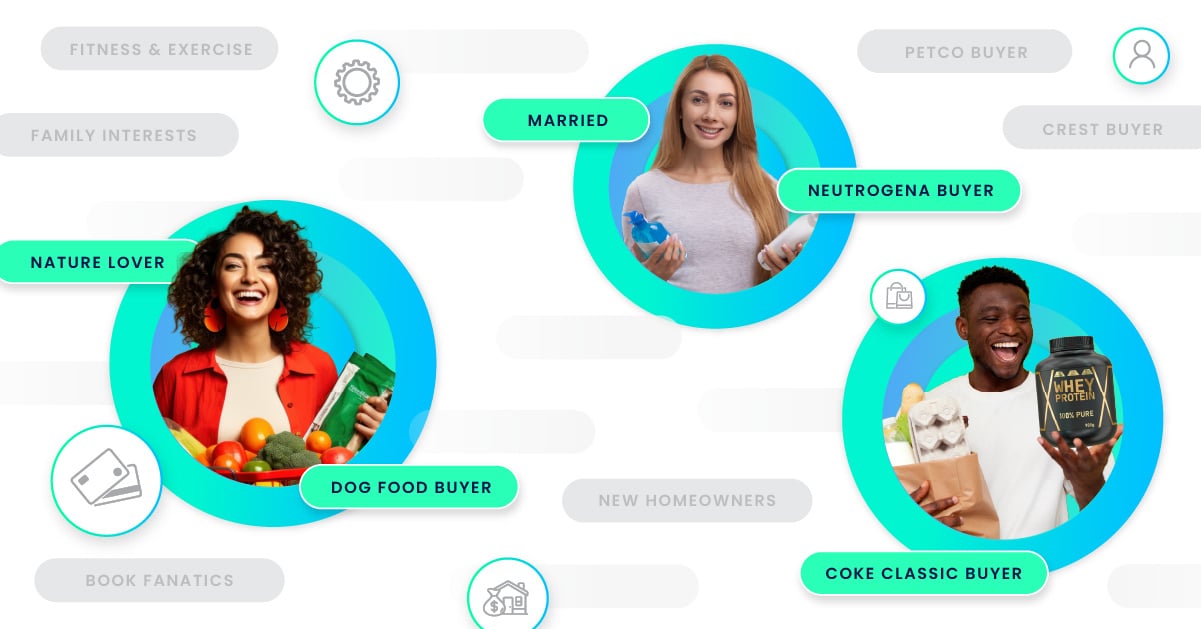












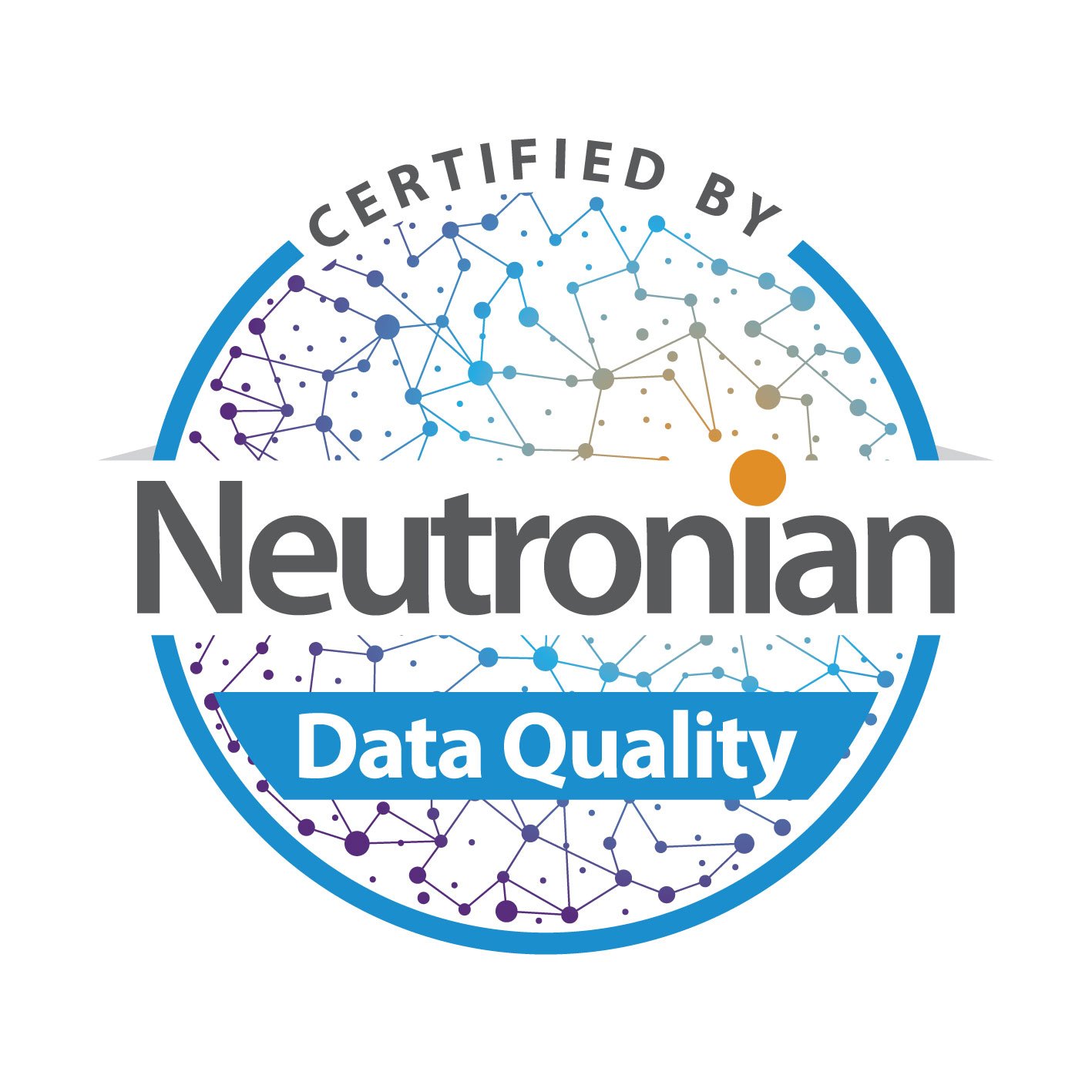
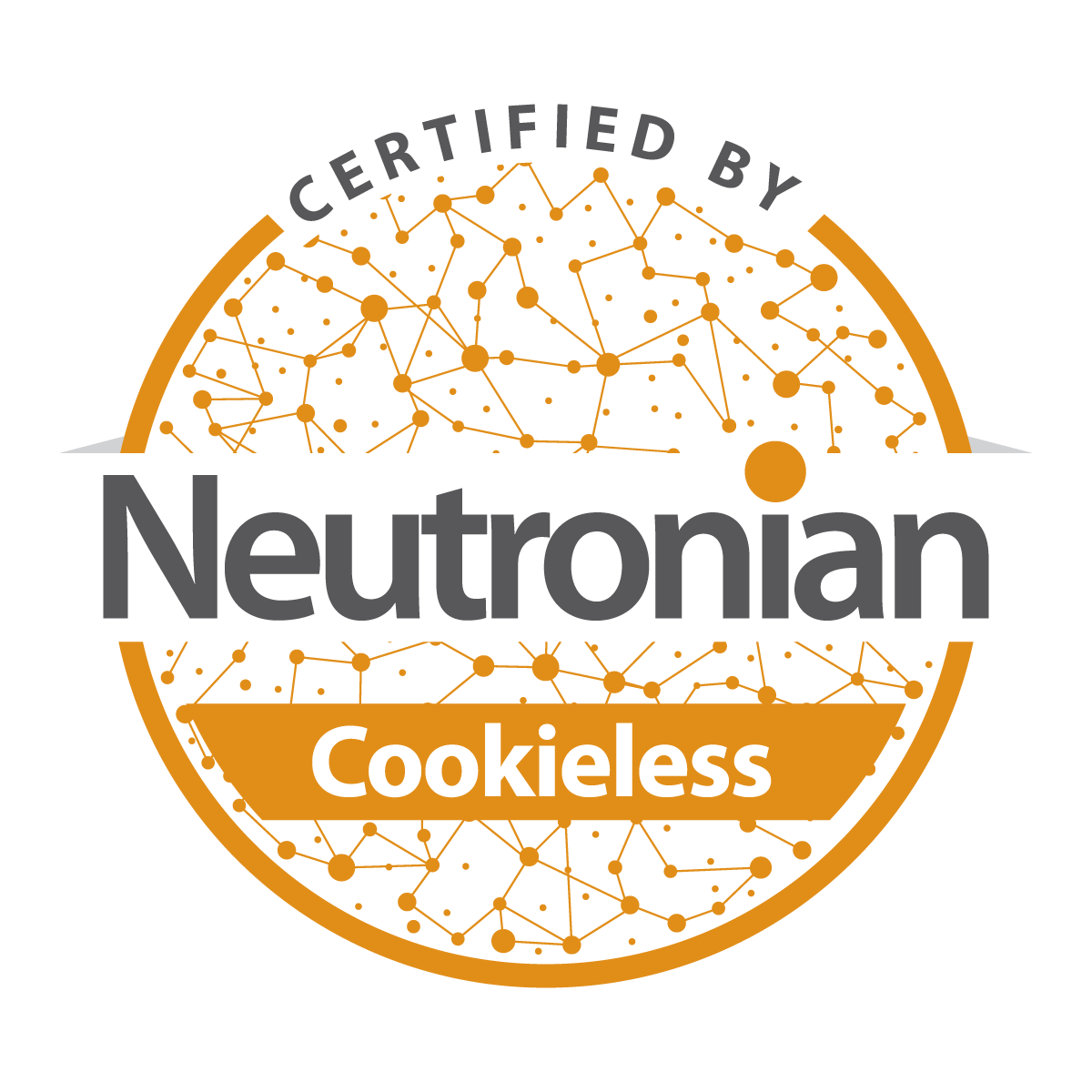
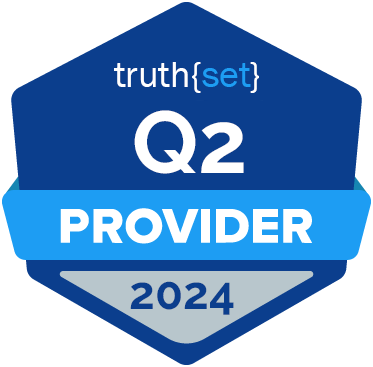







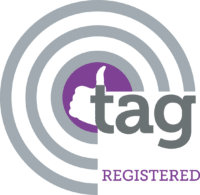
Submit a Comment